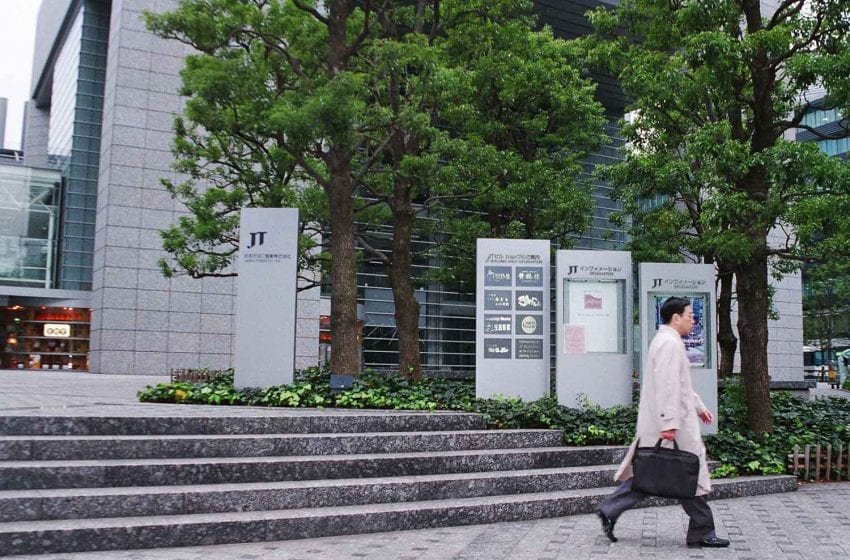 Japan Tobacco (JT) has cleared this year’s burley harvest in Japan for use in its cigarettes.
Japan Tobacco (JT) has cleared this year’s burley harvest in Japan for use in its cigarettes.
Since the accident at the Tepco Fukushima Daiichi nuclear plant in 2011, JT has been conducting pre-purchase radioactive material tests of domestic leaf tobacco and several other tests at each stage of its production process.
Tests for this year’s burley have now been completed. None of the leaf tobacco had traces of radioactive material exceeding the JT standard value (radioactive cesium: 100Bq/kg), the company confirmed in a statement.
JT will continue with its scheme of testing domestic leaf tobacco after purchase, to test and monitor at each stage of the productions process several times.
In related news, JT announced that it will discontinue disclosure of pre-purchase test results for domestic leaf tobacco after this report (2020).
Recently, in radioactive material testing on agricultural products conducted by Fukushima Prefecture and other prefectures, there have been virtually no cases where the traces of radioactive material exceeded the standard values, and the company’s survey is on the decline.
In addition, no cases exceeding JT standard value have been observed in the company’s test results.
JT will continue with its scheme of testing domestic leaf tobacco upon purchase.




















